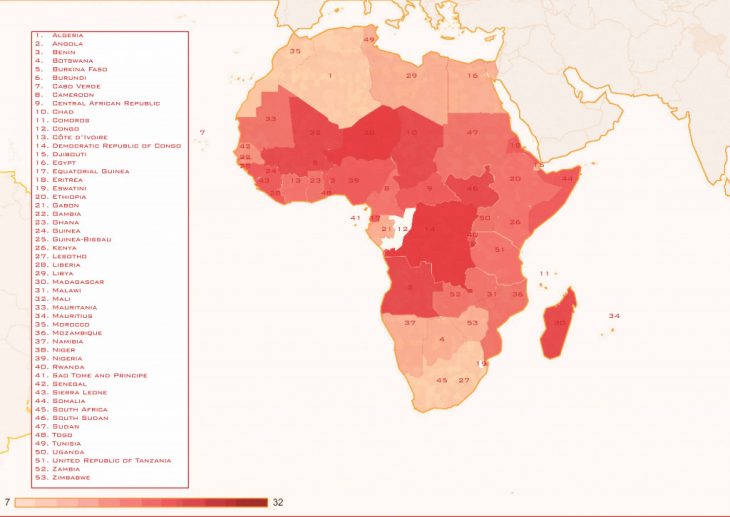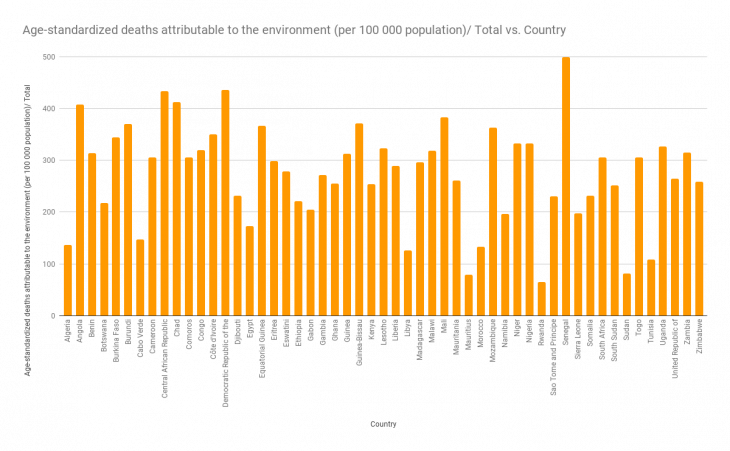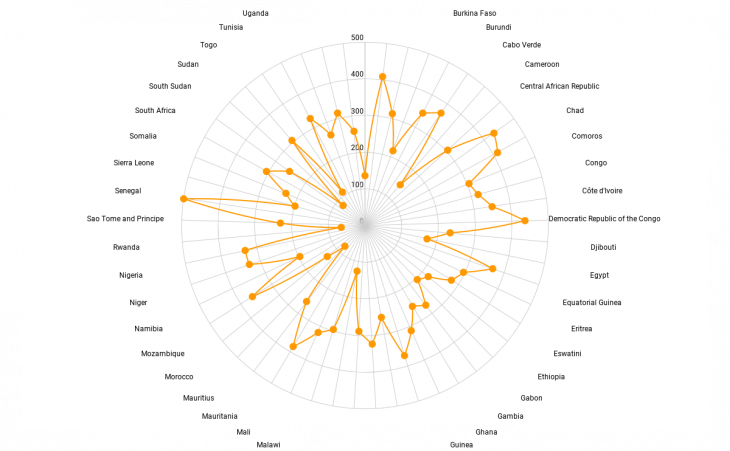The main message emerging from this new comprehensive global assessment is that premature death and disease can be prevented through healthier environments – and to a significant degree. Analysing the latest data on the environment-disease nexus and the devastating impact of environmental hazards and risks on global health, backed up by expert opinion, this report covers more than 100 diseases and injuries.
The worldwide analysis [according to the World Health Organization , not displayed in this post] shows that 23% of global deaths (and 26% of deaths among children under five) are due to modifiable environmental factors. Sixty-eight percent of these attributable deaths and 56% of attributable DALYs could be estimated with evidence-based comparative risk assessment methods, the assessments of other environmental exposures were completed through expert opinion. Stroke, ischaemic heart disease, diarrhoea and cancers head the list. People in low-income countries bear the greatest disease burden, with the exception of noncommunicable diseases.
These assessments should add impetus to coordinating global efforts to promote healthy environments – often through well-established, cost-effective interventions. This analysis will inform those who want to better understand the transformational spirit of the Sustainable Development Goals agreed by Heads of State in September 2015. The results of the analysis underscore the pressing importance of stronger intersectoral action to create healthier environments that will contribute to sustainably improving the lives of millions around the world.
During the working process, it was decided to focus on the African continent, where this problem is most relevant.

Deaths attributable to the environment in Africa
This map clearly demonstrates the seriousness of this problem in the countries of Central Africa, in particular in Chad, Senegal, Niger, Democratic republic of Congo, South Sudan , Angola and others. The governments of these countries need to pay close attention to the current situation, because they can save many lives.

I want to believe that the day will come, when people will die only from old age.
Faculties: Diego Pajarito
Student: Gilfanov Rashid
Links :
https://www.who.int/


